
By Dave Newman
When schools are too hot, students can’t learn, and teachers can’t teach,” noted Melinda Person, president of New York State United Teachers (NYSUT) recently.
As schools conclude for the year, various districts, particularly in the Northeast, battle unprecedented heatwaves, with some New York City classrooms sweltering in temperatures nearing the 90s. Unfortunately, researchers say this is only the beginning, as increasing classroom temperatures become the uncomfortable norm. According to a joint study by the American Psychological Association and ecoAmerica about heat effects on mental health, high temperatures can diminish cognitive function, sparking irritability, impulsivity, and concentration issues among students.
“When schools are too hot, students can’t learn, and teachers can’t teach,” noted Melinda Person, president of New York State United Teachers (NYSUT) recently.
New York State recently established upper temperature limits for classrooms which will have implications for schools. Under new legislation passed in June, when a classroom reaches a specific minimum temperature, an action is required. This can range from lowering classroom blinds to opening windows or turning on fans. If a classroom reaches the maximum temperature (88 degrees), it must be vacated.
In other districts, another stopgap measure—early school closures due to lack of adequate cooling systems in older buildings—is not a viable long-term solution. The challenge for school districts isn’t the will to make renovations to cooling systems, but a lack of funding to do so.
This last set of recommendations can deliver a lasting change for school districts in a way that is beneficial to the learning environment and budget neutral for cash-strapped districts. Many districts struggle to find the financial resources to upgrade, modernize, and rebuild healthy facilities that benefit teachers, students, and communities.
Funded by the savings generated through improved energy efficiency, this approach not only addresses immediate cooling needs but also ensures warm, comfortable settings during colder months.
Proven Process for Energy Savings (The Owner’s Representative Advantage)
Energia offers school districts like yours a Proven Process for Energy Savings as a way to transform energy cost into energy savings. As an owner’s representative, not an ESCO, we are here to help you better understand and embrace your options so you can take action to reduce your energy costs while improving your facilities and learning environments – and getting a break from the heat in the process.
Want to learn more?
Contact Energia today for a discussion about how your district can take advantage of these opportunities for savings.
